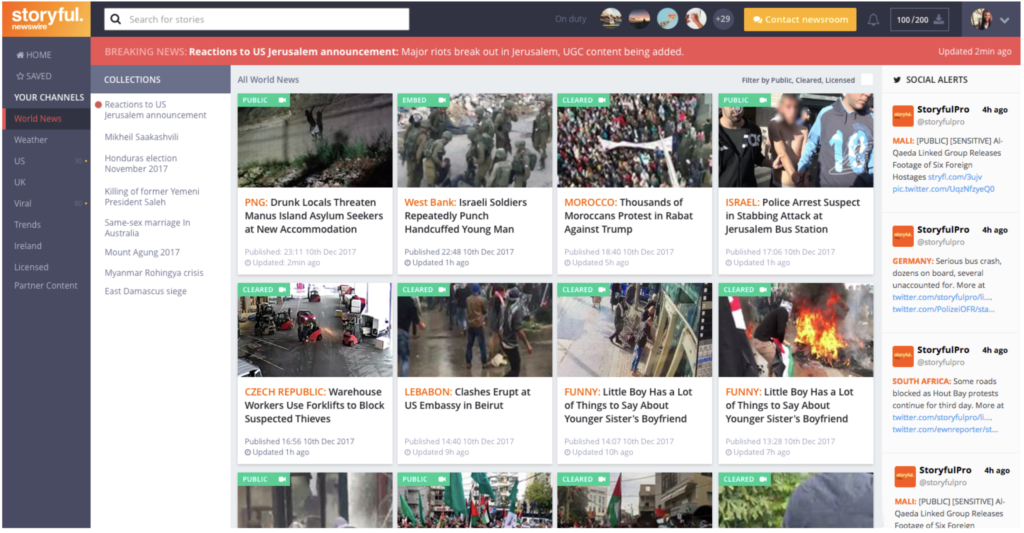This case study highlights my experience as a design leader in Storyful, a digital news verification provider. I served as the design lead for the company’s main B2B product. I faced a myriad of challenges, including low team morale, lack of vision, and legacy product issues. My goal was to leverage my design and leadership skills to guide the product, foster collaboration, motivate the team, connect with users, and improve cross-departmental cooperation. Here, I outline:
- Challenges faced
- Introducing design and research methods
- Creating a strategic vision for the product
- Opportunities surfaced
- Results and impact
Challenges faced:
- Low team morale: The team lacked motivation and enthusiasm due to unclear direction and challenges associated with the legacy product.
- Lack of a clear product vision: The absence of a defined vision hindered progress and decision-making.
- Product owner (PO) gap: The absence of a permanent PO created inconsistency and communication gaps.
- Legacy product issues: The product faced several usability and functionality issues that impacted the user experience and ability to make changes quickly which led to frustration.
- Lack of research & design thinking methodologies:
Introducing design and research methods
To gain profound insights into user needs and pain points, I introduced a series of research and design methodologies to guide our efforts:
- Analyzing data: Leveraging platforms like Fullstory and Hotjar, we unearthed user flows, touchpoints, and patterns, aiding in informed decision-making.
- Mapping user flows & goals: Collaborating with the team using Mural, we delineated personas, user flows, and assumptions to align our understanding.
- Surveys and customer interviews: Conducting interviews and surveys provided invaluable insights into user workflows and pain points, informing our roadmap.
- User tests and observation room: Organizing client-based user tests and establishing an observation room allowed for firsthand insight into user interactions.
Creating a strategic vision for the product:
Through collaborative workshops, stakeholder engagement, and meticulous planning, we crafted a robust strategic vision for the product:
- Executive meetings: Facilitating meetings with executives, we charted a 90-day roadmap and a 5-year vision, fostering alignment and motivation.
- Business goals alignment: Aligning customer priorities with business objectives ensured coherence and clarity across the organization.
- Stakeholder brainstorming sessions: Collaborative brainstorming generated innovative ideas, evaluated based on value, scope, and feasibility.
- Effort/Impact matrix: Prioritizing features based on potential impact and feasibility streamlined decision-making.
- User flows and workflow processes: Creating intuitive user flows and employing tools like Zeplin improved clarity and velocity.
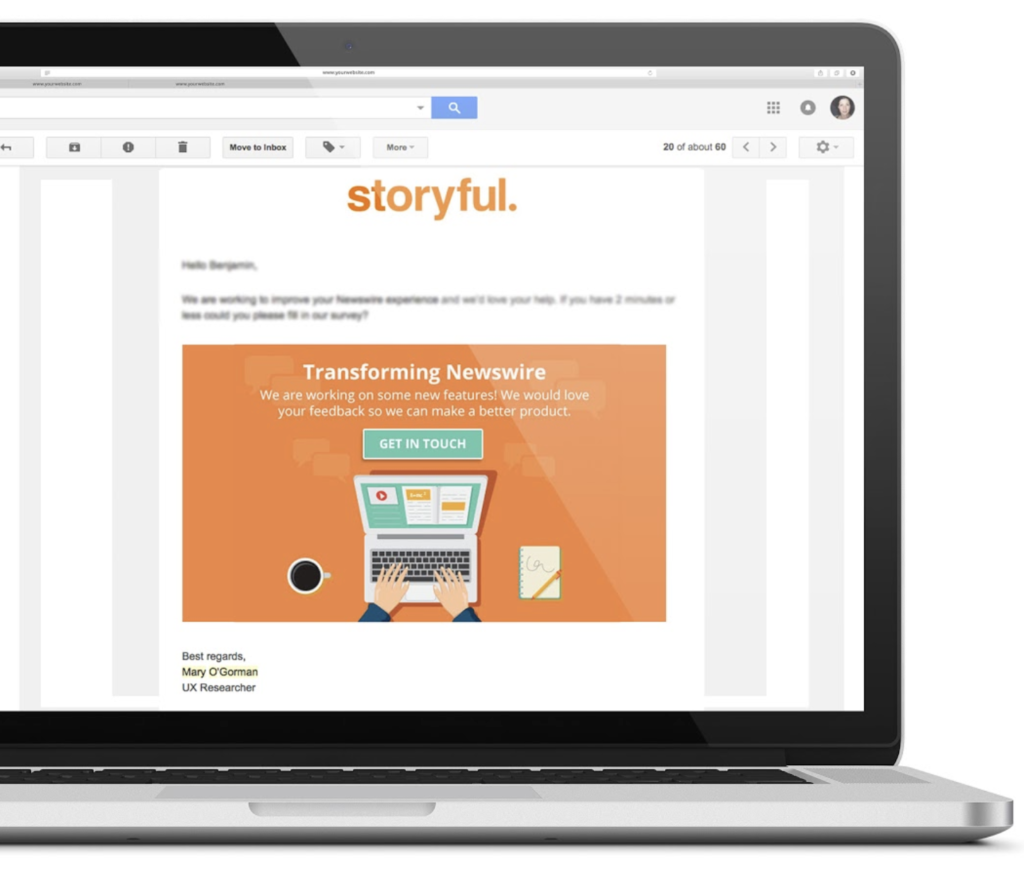
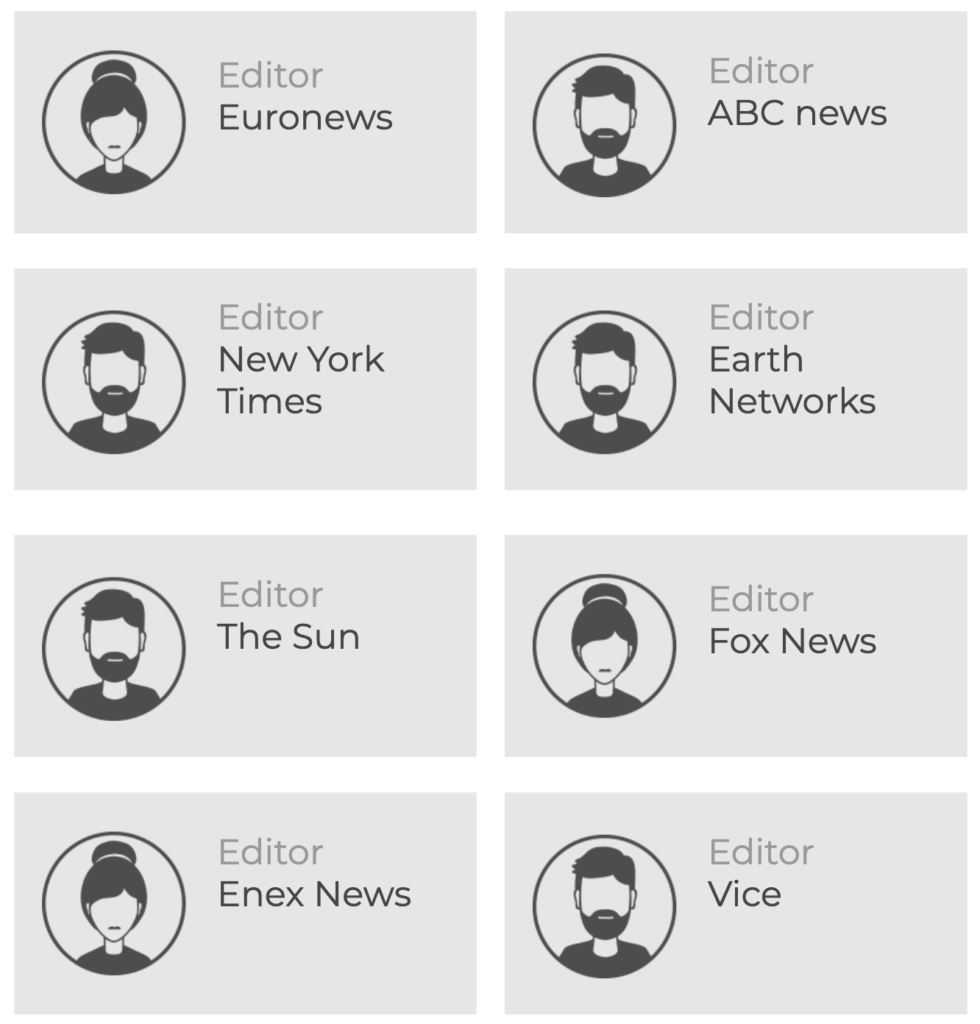
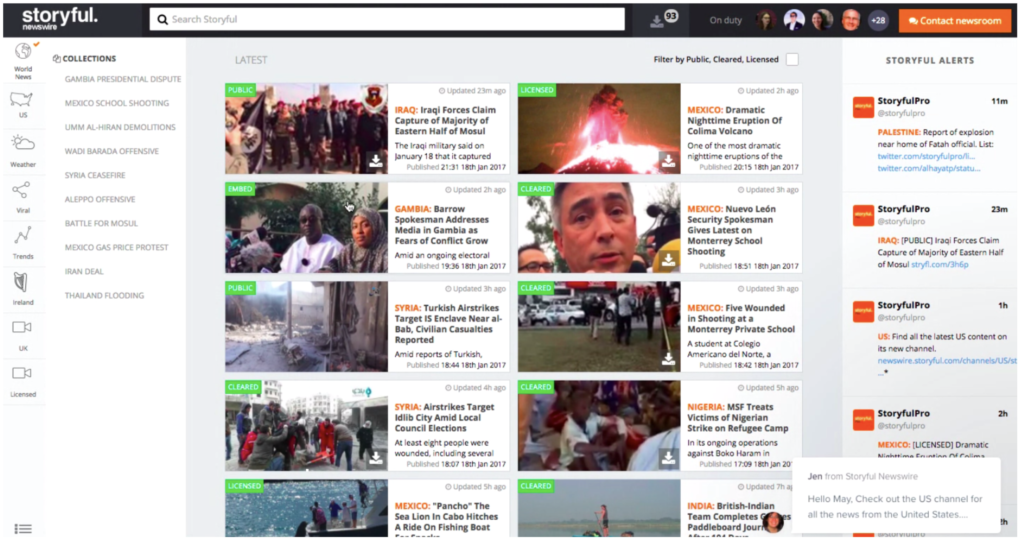
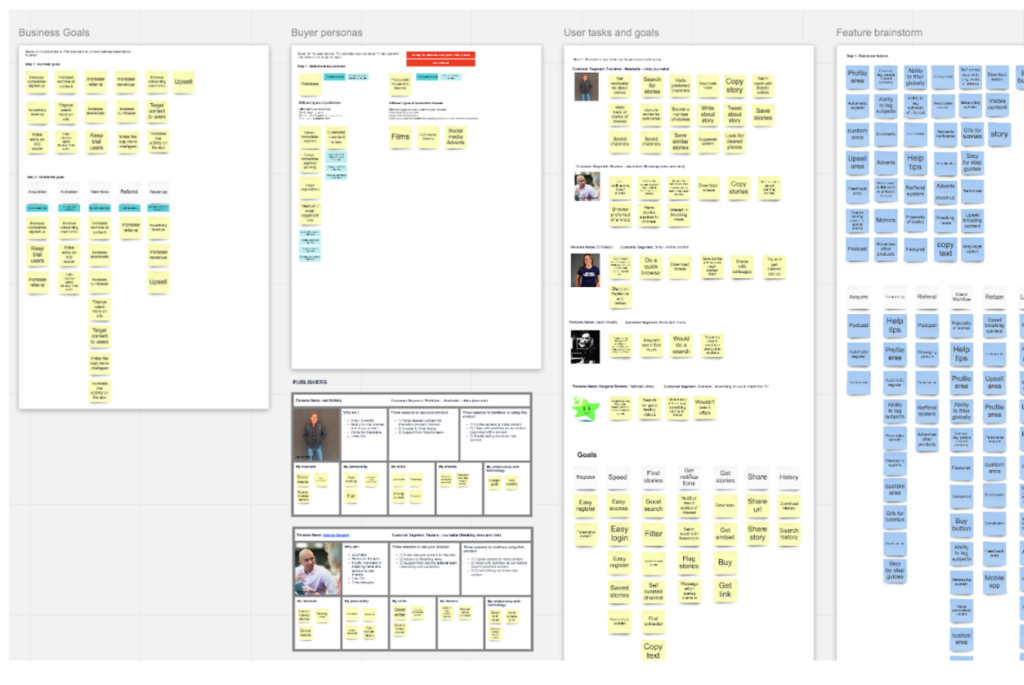
Opportunities surfaced:
During the exploration phase, opportunities for improvement became apparent:
- New information architecture and layout: Enhancing layout consistency and user experience.
- Grid framework introduction: Improving release consistency and velocity.
- Search and filtering system enhancement: Streamlining content discovery.
- Personalization recommendations: Enhancing user engagement and satisfaction.
- Onboarding and content management enhancements: Improving user guidance and interaction, enabling the discovery of fresh content (Notifications & news alerts).
- Mobile optimisation
Layout, notifications, alerts & filtering enhancements:
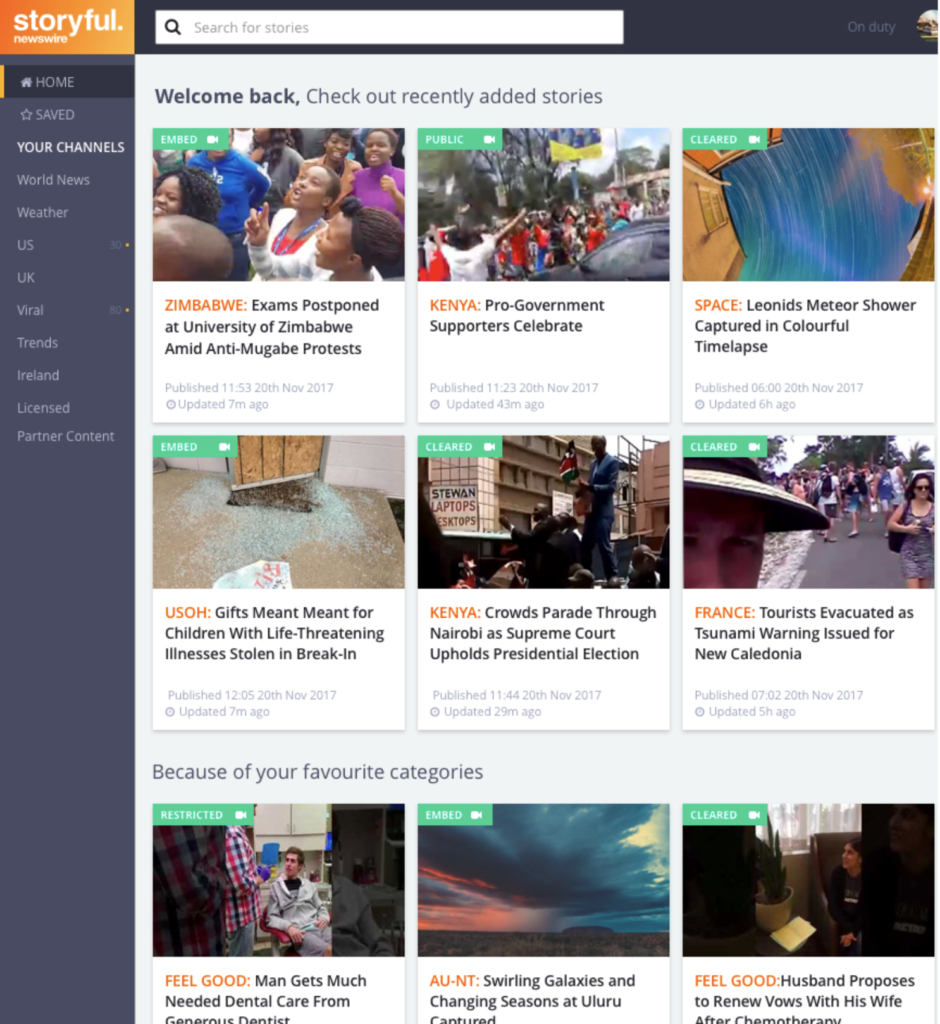
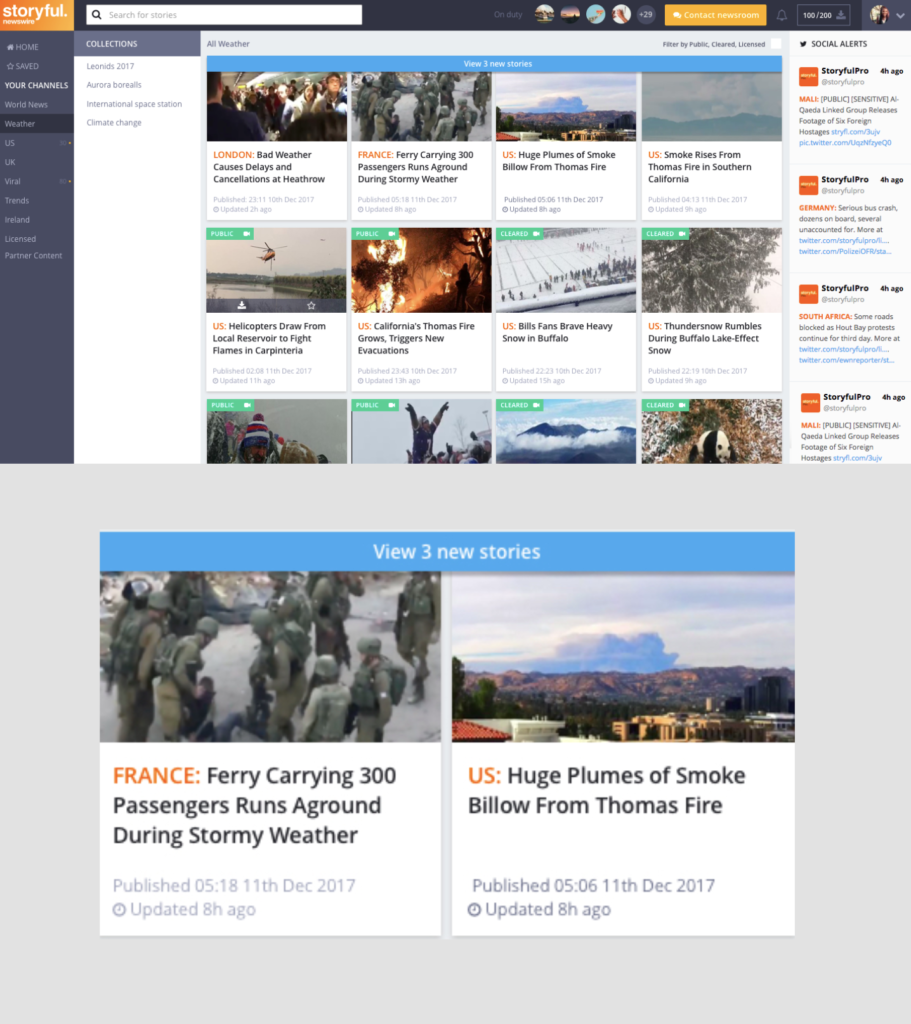
IA & Notification Prototype
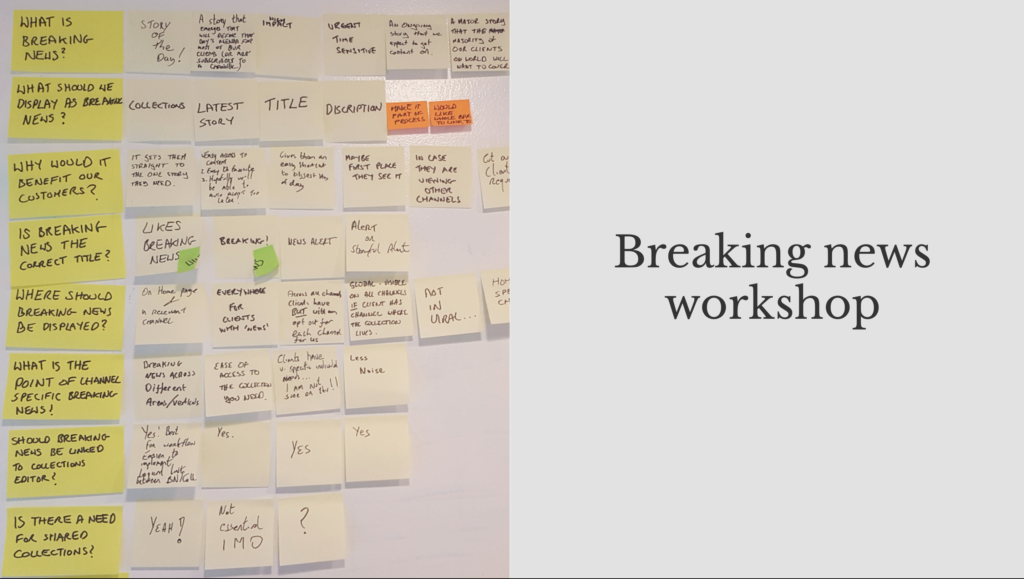
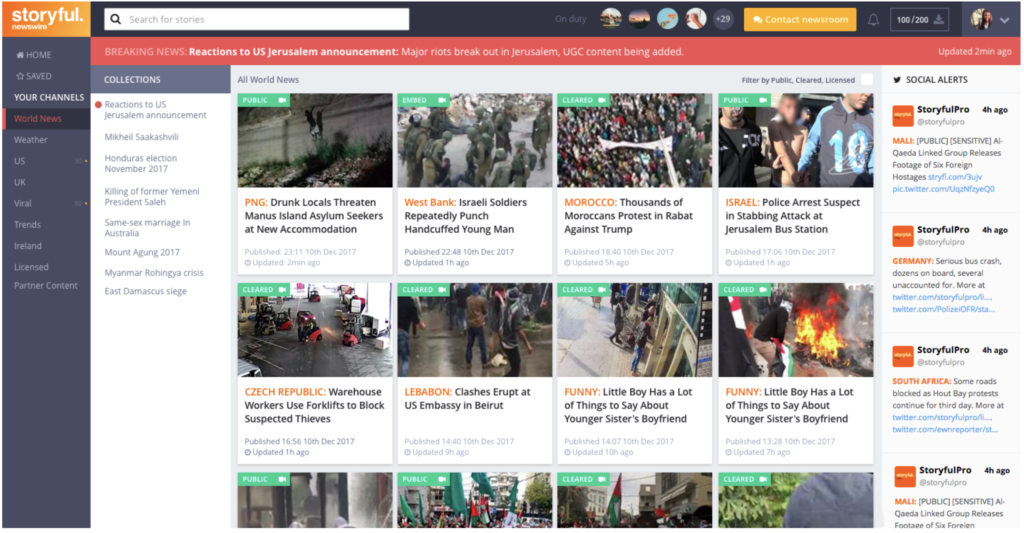
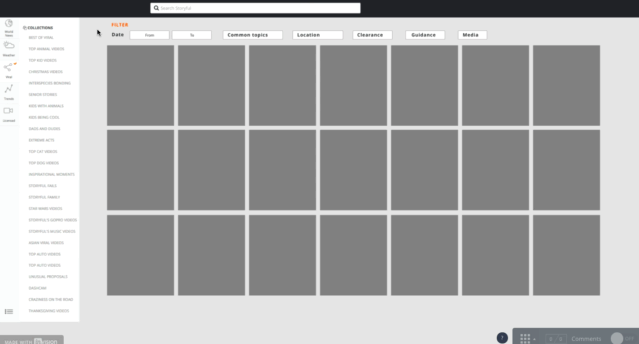
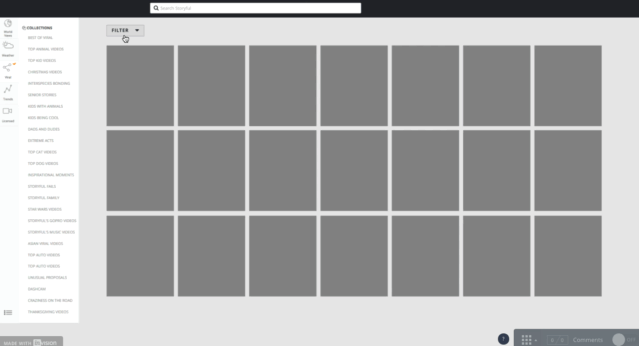
“I love the new layout, I find it easier to use…”
Quote from editor, New York Times
Long term strategic vision: There was an opportunity to inspire and create a longer-term vision. Working with stakeholders, we explored the self-serve, first-time, and returning user experience, generating excitement and motivation among the team. See vision Prototype.
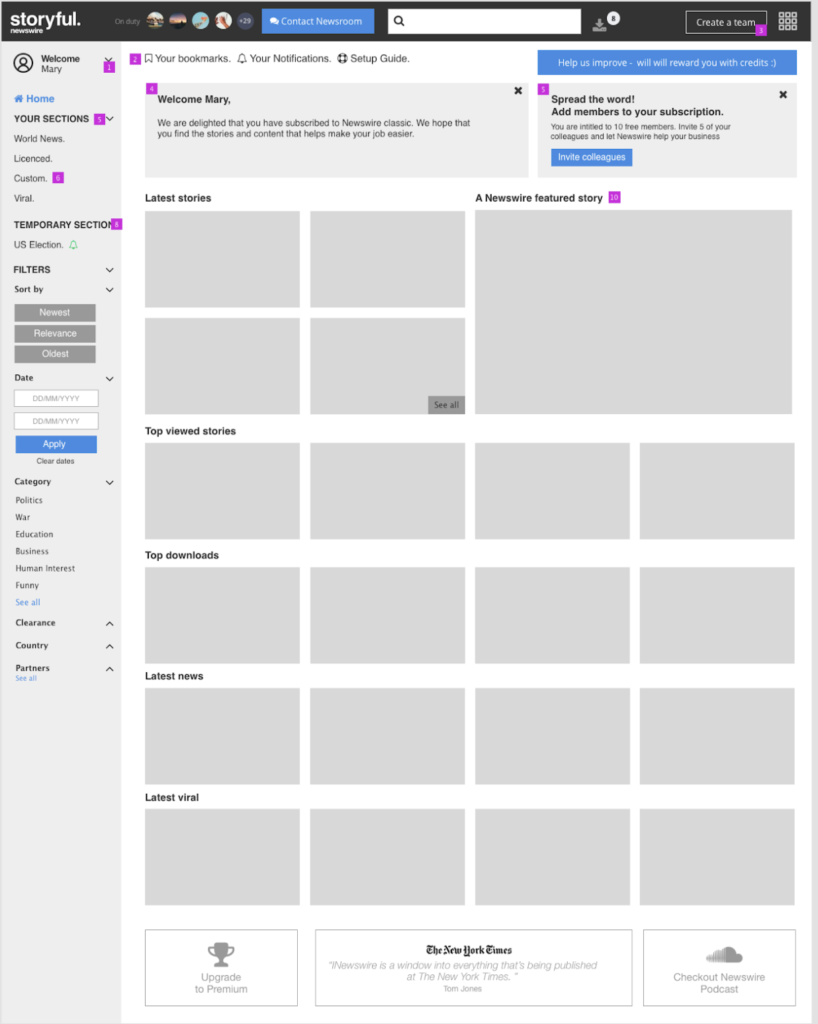
Results and impact:
Through benchmark analysis, user feedback, and iterative releases, we ensured continuous product evolution:
- Improved velocity and motivation : With alignment and a phased approach to the work, the team was able to release more per sprint. Collaborative workshops and involvement in decision-making processes also helped to boost team morale.
- Customer feedback integration: Incorporated user feedback to make small updates and address user pain points.
- User experience enhancement: Addressing legacy product issues and introducing new features like notifications resulted in enhanced user satisfaction.
- Increased Customer Engagement: Introduction of breaking news features increased customer awareness and engagement.
- Cross-Team Collaboration Strengthening: Improved collaboration across teams and stakeholders. The news editor team trust grew towards the product team as they saw the enhancements and improvements.
Conclusion:
In conclusion, our concerted efforts led to significant improvements in team dynamics, product experience, and user engagement. By prioritizing user needs, fostering collaboration, and driving iterative improvements, I successfully guided the team in creating a product that surpassed business goals and user expectations.
